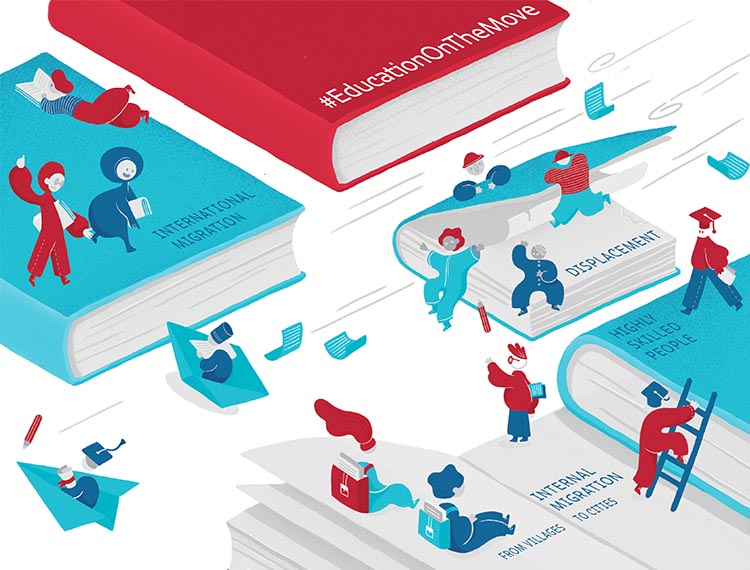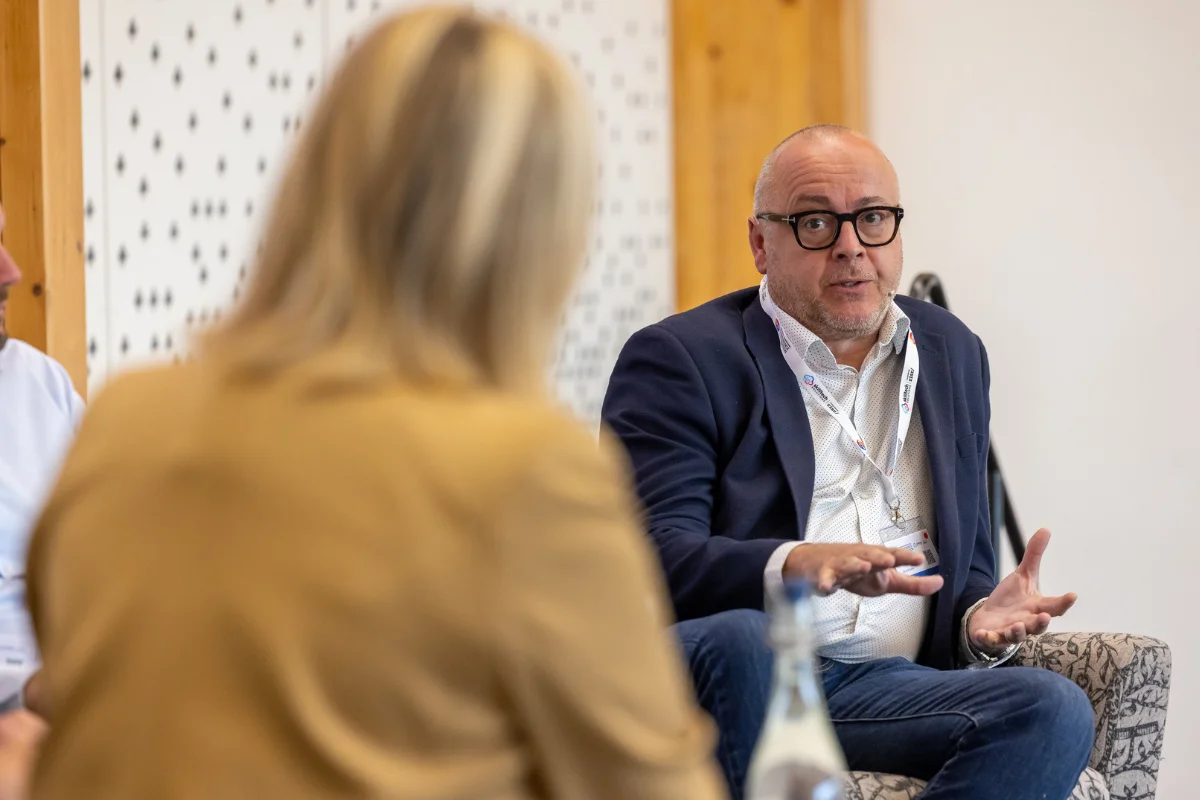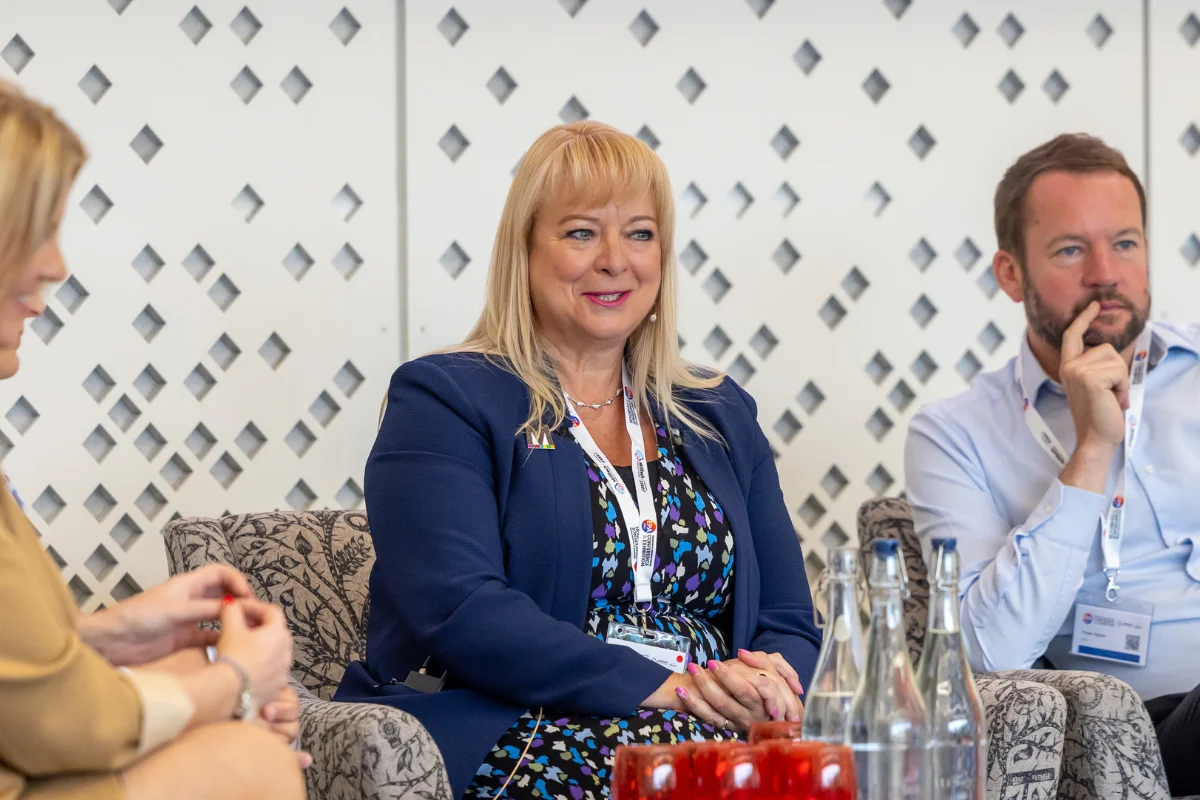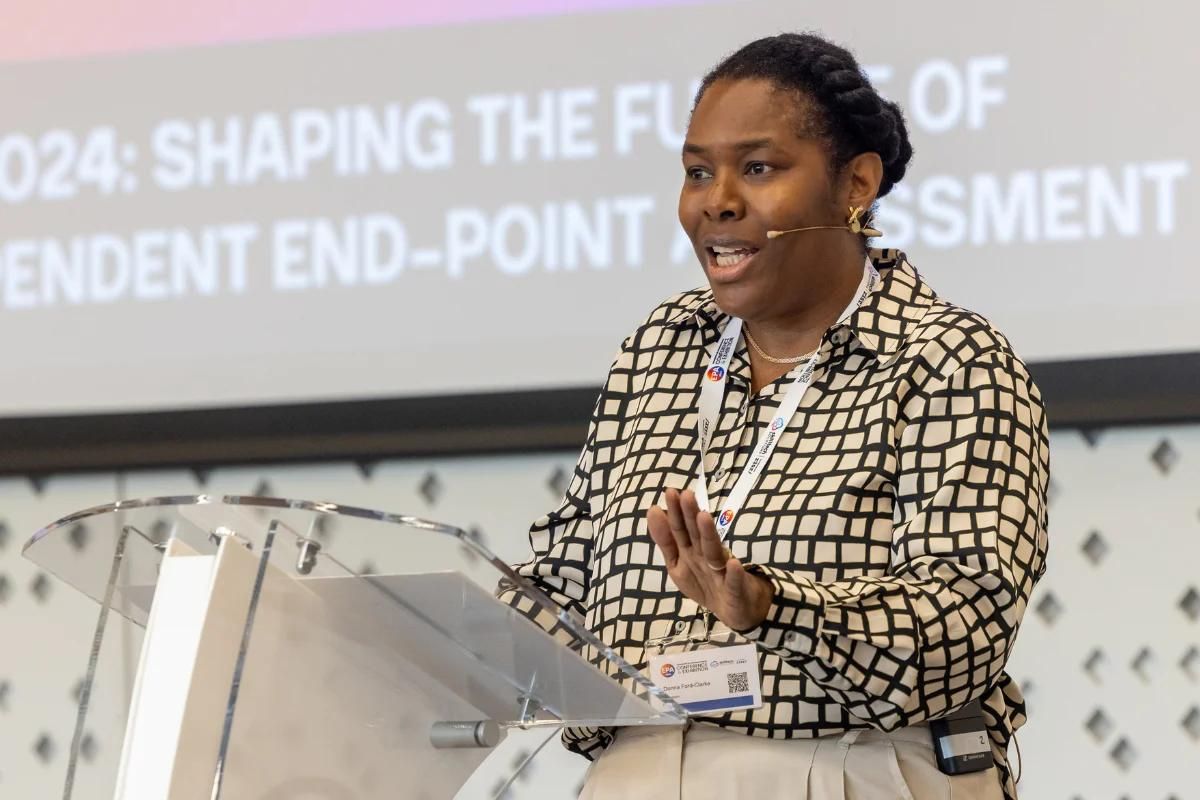Cities need to pull their weight in using education to help migrants and refugees #EducationOnTheMove

Echoing the “Migration, displacement and education: Building bridges not walls” report published earlier this month (20 Nov) by the Global Education Monitoring (GEM) Report at UNESCO, a new policy paper released ahead of the UNHCR Global Refugee Forum next month, shows the increasingly important role of cities using education of people on the move as a lever for their inclusion.
It calls for international and non-governmental organisations to recognise cities as partners and for governments to clarify and support cities’ role in education.
People on the move tend to concentrate in urban areas, whether arriving from rural areas or across borders. Many living in cities are foreign born – from 46% in Toronto to 62% in Brussels, 83% in Dubai and 39% in Sydney. Those forcibly displaced also often end up in cities, with around 60% of the world’s refugees living in urban areas.
Manos Antoninis, Director of the GEM Report, said
“Currently, many migrants in poorer countries end up in slums with limited access to a free education. In richer countries they are often segregated into schools in disadvantaged neighbourhoods. Strong urban planning, inclusive learning environments and fighting discrimination are just some of the essential functions that cities can serve in addressing segregation. It’s a waste not to tap into this potential.”
The paper shows many cases of segregation happening in richer countries. In France, immigrants in 2007 were more likely to be in classes where 15% of students were immigrants. In Germany’s Hessen state, about 41% of children who did not speak German at home went to day-care centres where at least half the other children did not speak German either. In Turkey, housing market analysis indicated that natives moved out of neighbourhoods where Syrian refugees had settled.
Yet, the new paper, ‘Defending the right to the city for all’, shows that many cities, particularly in low- and middle-income countries, have no mandate and little financial support to tackle the issues. A review of Amman, Beirut, Tangier and Tunis, all with significant migrant or refugee population flows, showed they did not have any authority for delivering education services. A further review of 23 cities faced with migrant and displaced communities found that only 5 had a dedicated budget to support their efforts.
Cities that do have clear roles can make a huge difference in improving education access. Some are entirely or partly responsible for early childhood or primary education as in France, Italy and Germany and have the power to open access to people on the move. A few years ago, Turin in Italy decided not to apply a law requiring a residence permit to access education, spearheading a change in national policy. The city of Zurich in Switzerland provides an average of CHF 40,000 per year to schools with more than 40% of students with an immigrant background to help with language and reading skills.
Many cities help improve language skills, whether through online services as in Germany, or in language courses as in Italy with attached babysitting services so that migrant women can attend. Sao Paolo offers 600 places in municipal schools to learn Portuguese as a second language.
Links between schools and migrants are also prioritised. In Frankfurt, Germany, immigrant mothers and fathers attend their children’s classes in kindergarten and primary school twice a week; Linkoping in Sweden trains tutors with knowledge of Somali or Arabic to act as ‘link people’ for parents.
Cities also help fight discrimination with awareness campaigns, or by fostering exchanges between inhabitants. Valongo in Portugal created a Human Library project, called ‘Don’t judge a book by its cover’, whereby people can be ‘borrowed’ as though they are a book to answer questions on a variety of topics. Oslo in Norway set up a community festival to encourage intercultural exchange, and Seoul in Korea had an annual Migrant World Film Festival for more than a decade.
The paper has recommendations for four main actors:
- City governments must plan education in an inclusive and sustainable way, consulting with migrants and refugees in the planning phase, and ensuring that they can benefit from existing policy tools that promote inclusion in education.
- National governments need to clarify cities’ role and promote networks between cities so they can learn from each other’s experiences and share scarce resources.
- International organisations need to recognise cities as partners. They can also help develop cities’ technical and managerial skills…for instance by funding investments in professional education
- Non-governmental organisations need to help ensure that the voices of migrants are heard when education services are designed and delivered in cities, and lobby for stronger coordination between local authorities and other national departments.








Responses